Emily Browne is laughing, and nobody really knows why. The 14-year-old with a broad face and a mop of curly brown hair has autism. She drifts through her backyard in Boston’s Dorchester neighborhood, either staring into the distance or eyeballing a visitor chatting with her dad, Brendan, and her 15-year-old sister, Jennifer, on the nearby patio. That’s where the laughter started—a conversational chuckle from somebody on the patio that Emily answered with a rollicking, high-pitched guffaw. Then another, and another, and another.
Emily can’t join the conversation. She is among the 30 percent of children with autism who never learn to speak more than a few words—those considered “nonverbal” or “minimally verbal.” Emily was diagnosed with autism at two, but Brendan and his wife, Jeannie, knew something was wrong well before then.
“There was no babbling. She didn’t play with anything. You could be standing beside her and call her name, and she wouldn’t look at you,” says her dad. “Emily was in her own little world.”
But why? What is it about the brains of “minimally verbal” kids like Emily that short-circuits the connections between them and everyone else? And can it be overcome? That’s the research mission of Boston University’s new Center for Autism Research Excellence, where Emily is a study subject.


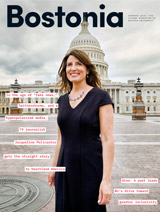
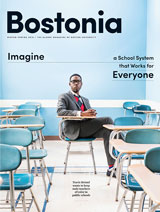






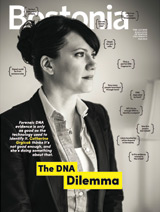

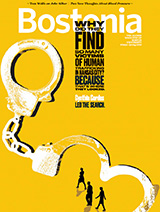

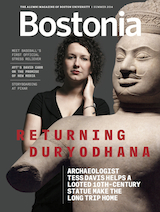

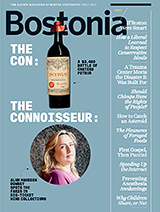
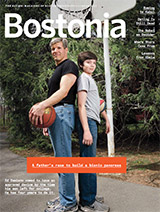
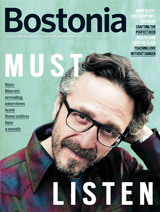





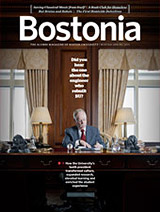
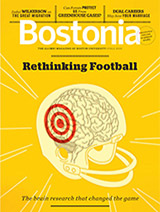
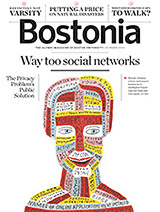



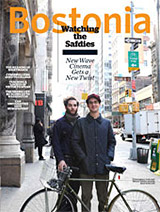
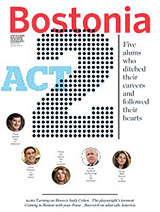





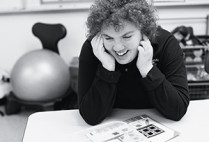

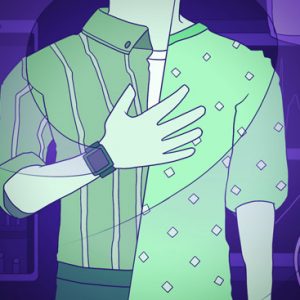
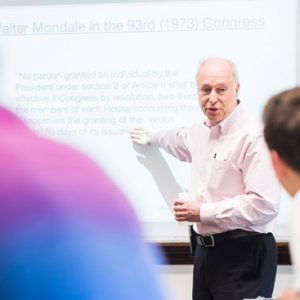

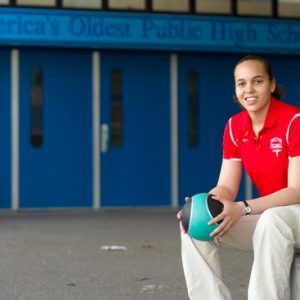


Related Stories
Will Unlocking Apple’s iPhone Also Unlock a Pandora’s Box?
Network security expert Sharon Goldberg says move will weaken American cybersecurity
London Raters: BU Among the World’s Best
Survey cites medical and science education
Making the World a Lot Quieter
BU engineers have developed an “acoustic metamaterial” that can cancel 94 percent of sounds
Post Your Comment